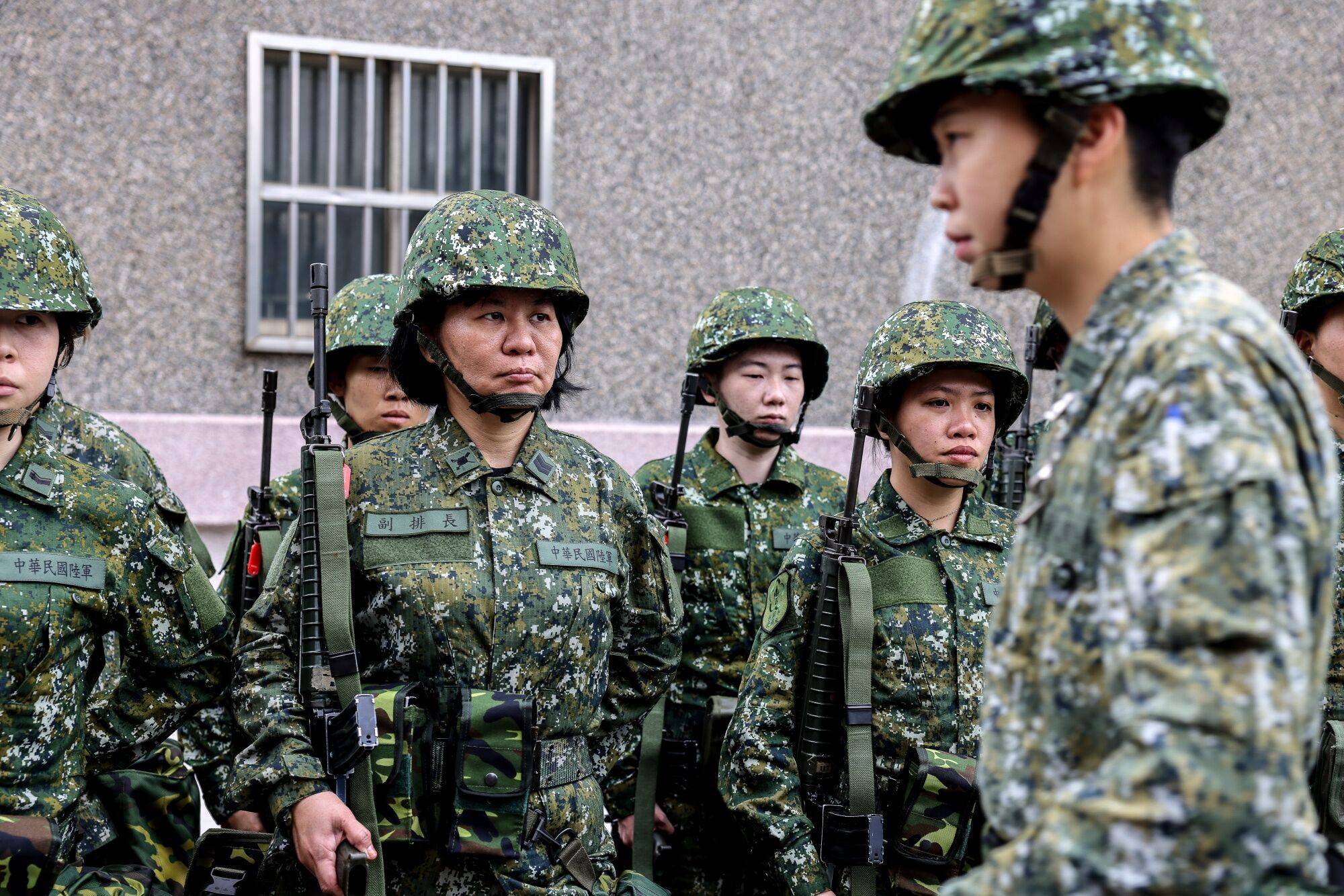When Group of Seven leaders gather in Hiroshima next week, cobbling together a durable consensus on how to engage with China on common global concerns — while still deterring its increasingly assertive steps against Taiwan and in the South and East China seas — will be a significant test of the grouping’s mettle.
Last month, G7 foreign ministers agreed on the importance of working with Beijing on issues such as climate change and global health, but also expressed concerns over a range of issues, from the transparency of China’s nuclear arsenal to alleged economic coercion and supply chain dominance.
However — while publicly touting unity on the issue — tensions over how best to strategically manage China’s rise will continue to be an elephant in the room for the G7 after rifts among leaders emerged in the days ahead of the top diplomats’ meeting in April.


















With your current subscription plan you can comment on stories. However, before writing your first comment, please create a display name in the Profile section of your subscriber account page.